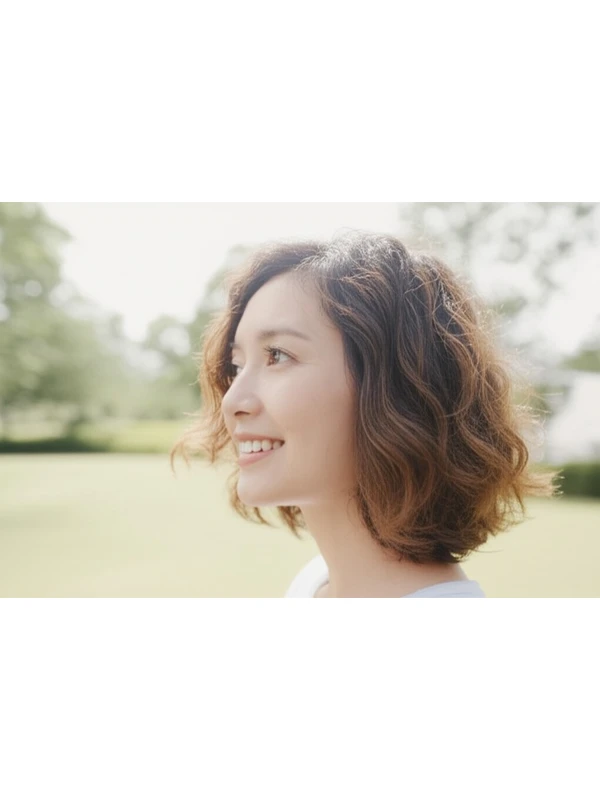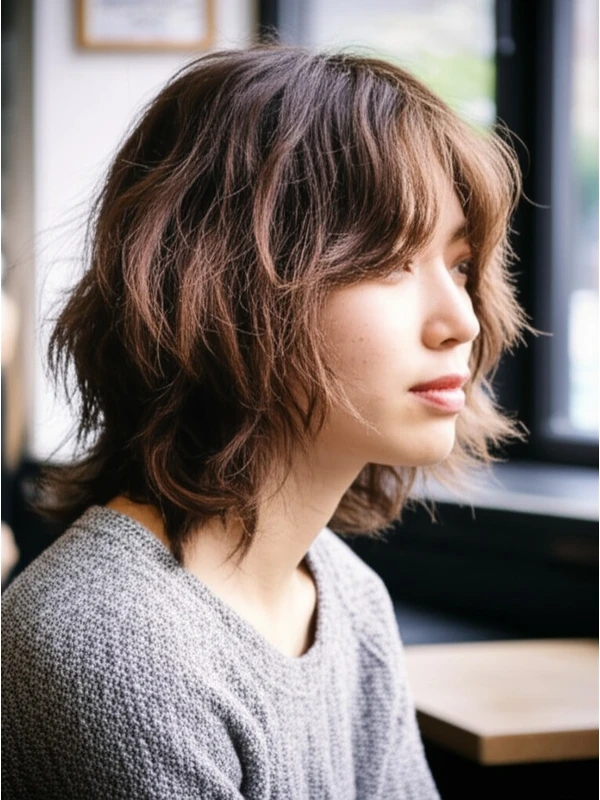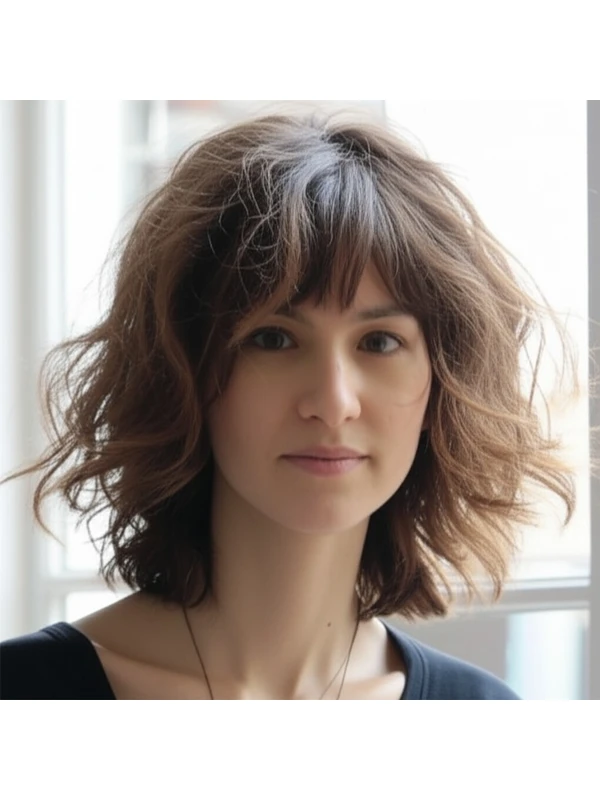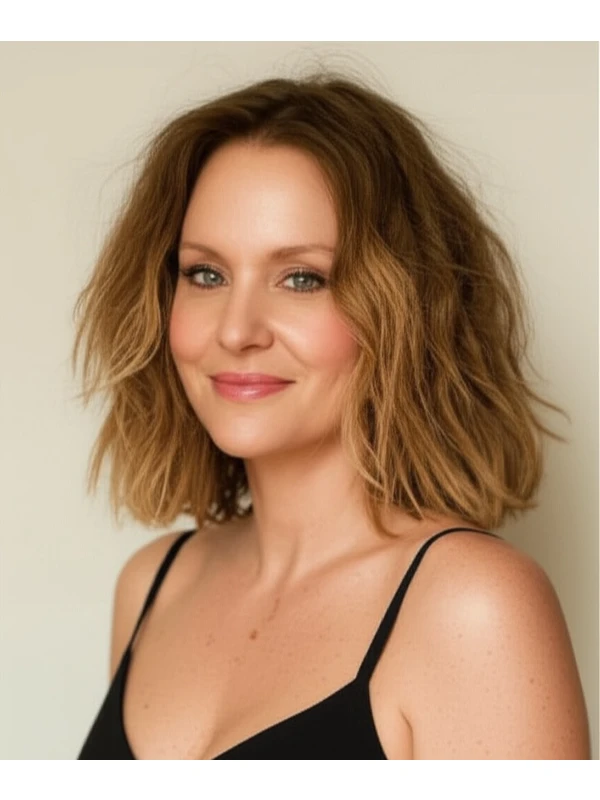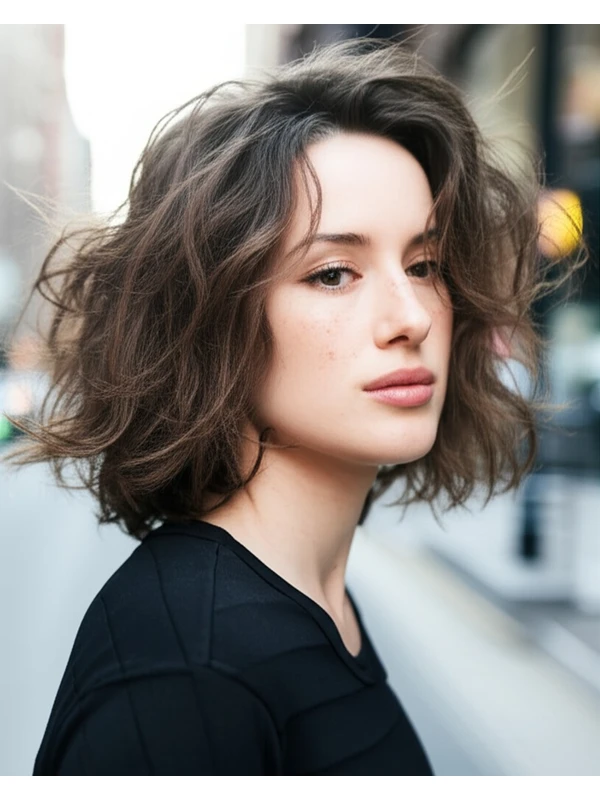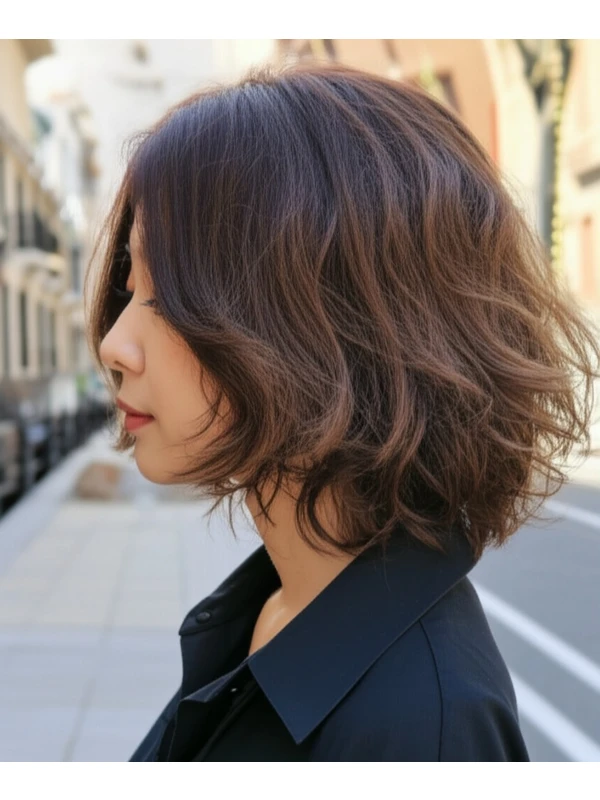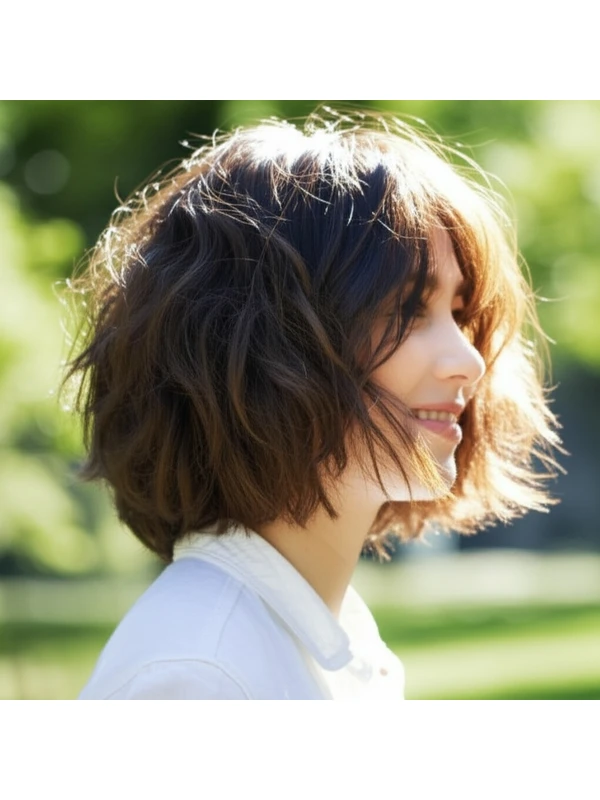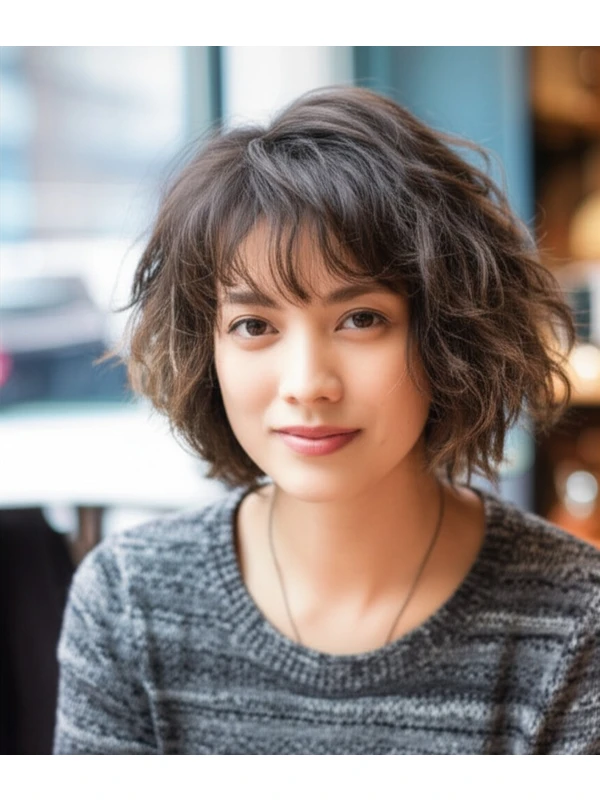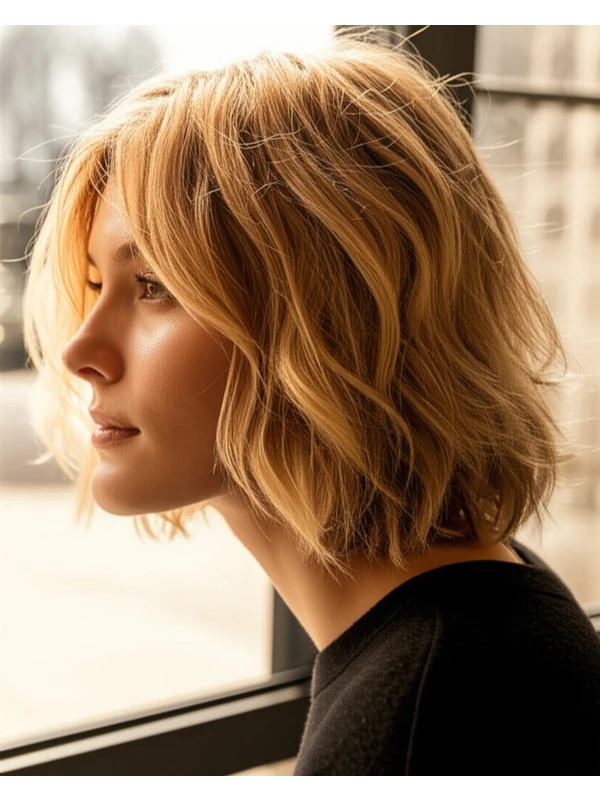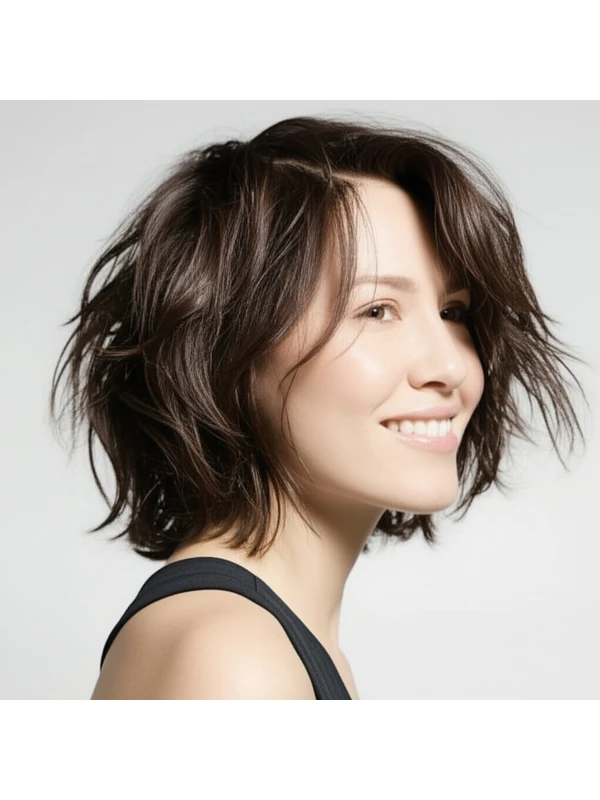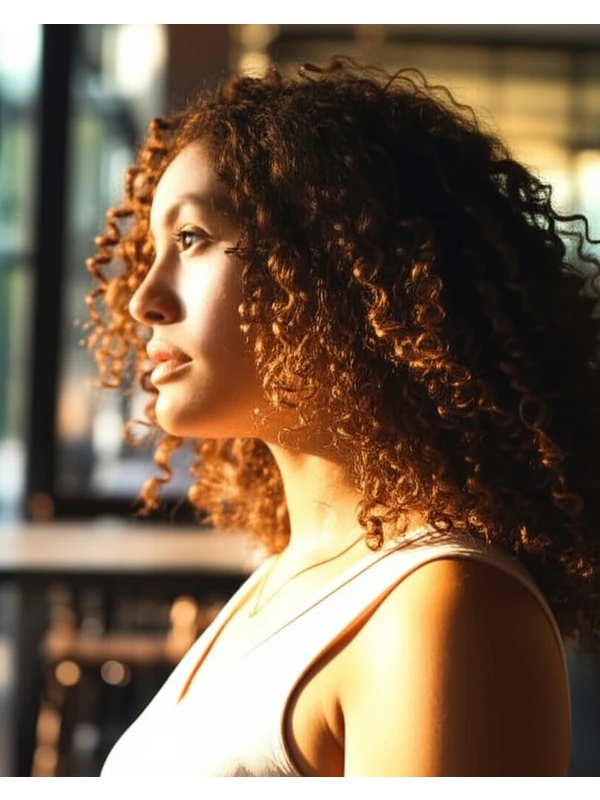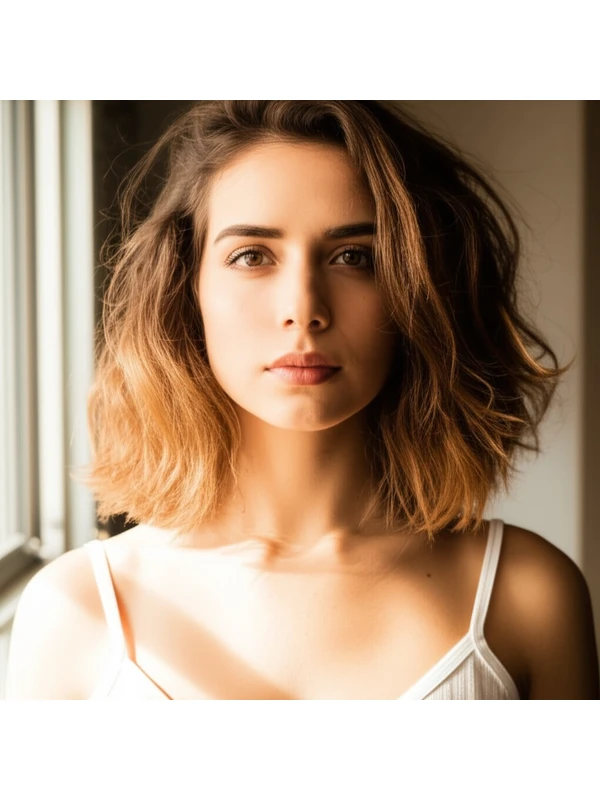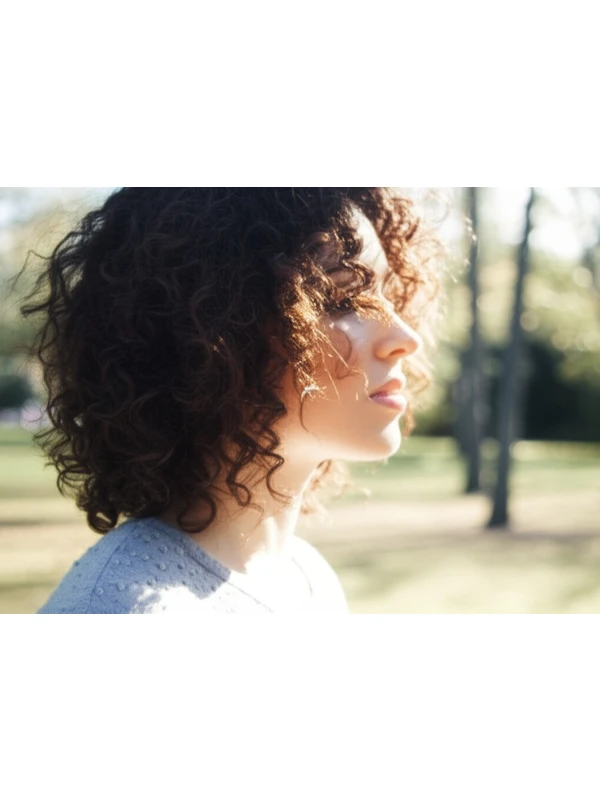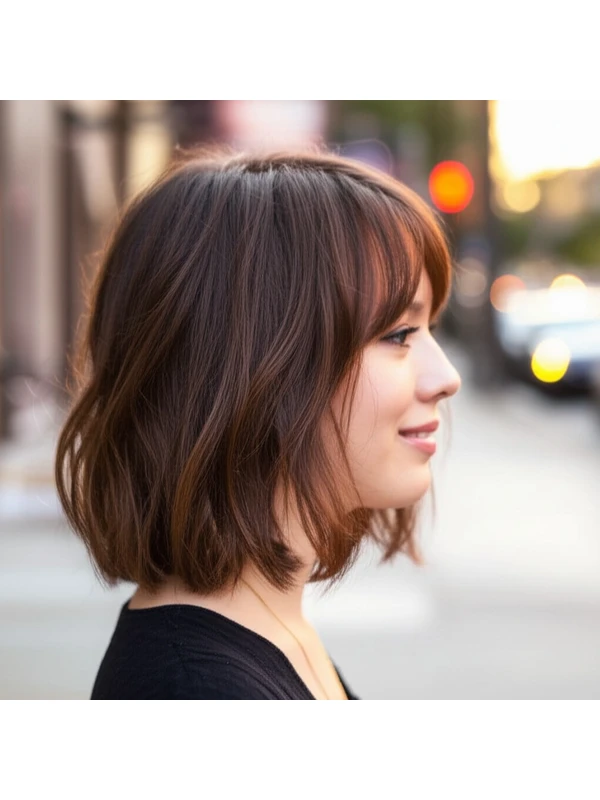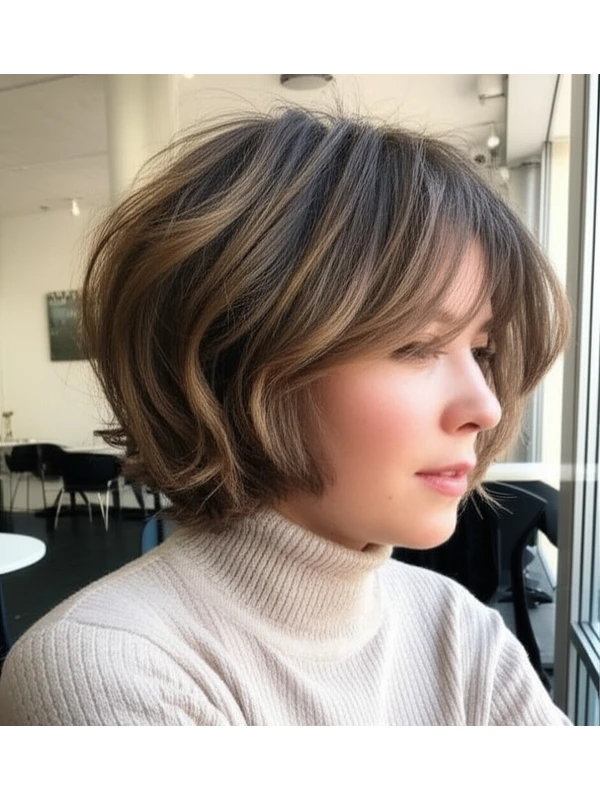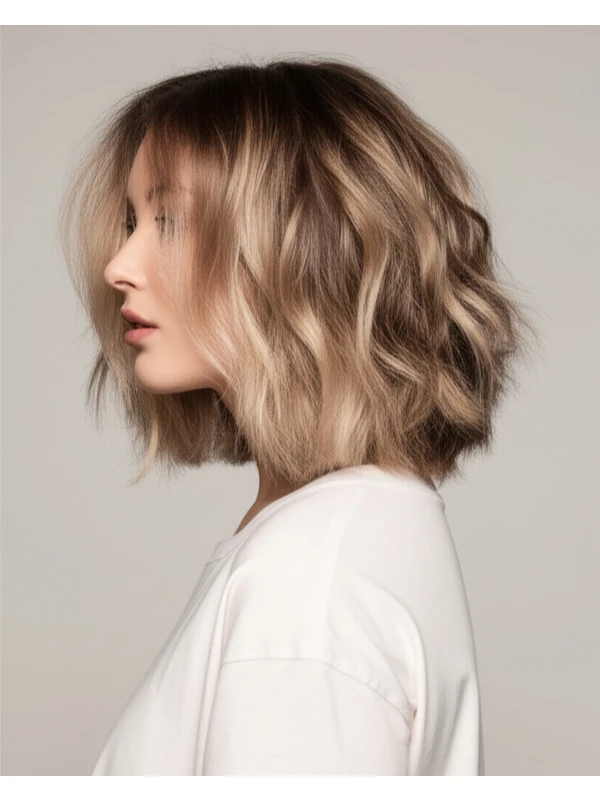#Tousled Layers: Effortless Style for Every You
The "tousled" look is a perennial favorite – think effortlessly chic, like you woke up looking amazing (even if you didn't!). But achieving that vibe requires more than just hoping for the best. This guide breaks down everything you need to know about tousled layers, from what they are and who they suit, to how to style and maintain them beautifully.
#1) Background & Definition: What Are Tousled Layers?
Tousled layers aren't a single cut; it’s more of an aesthetic. The core idea is creating movement and texture through graduated lengths that blend seamlessly. Think soft, face-framing pieces combined with longer layers throughout the hair.
- Cut Geometry: Layers are shorter sections of hair blended into longer ones. Tousled layers emphasize this blending – no harsh lines! They’re often created using point cutting (snipping at an angle) to soften edges and create a more diffused look.
- Key Features: Softness, movement, texture, face-framing pieces, blended lengths.
- Typical Length Ranges: Can work from just above the shoulders ("collarbone length") all the way down to long hair (past the mid-back). The shorter the layers, the more dramatic the volume and texture.
- Alternative Names: Layered shag, soft layered cut, textured bob/lob (if shorter), lived-in layers.
#2) Face Shape Fit: Finding Your Perfect Angle
Tousled layers are incredibly versatile but understanding how they play with your face shape is key to a flattering result.
- Oval Faces: Lucky you! Tousled layers generally look fantastic on oval faces as they enhance the natural symmetry and balance. A soft fringe can add even more personality.
- Round Faces: Layers around the cheekbones and jawline are crucial to create length and slimness. Avoid too much volume at the sides of your face; focus on vertical lines. A side-swept fringe softens roundness.
- Square Faces: Soften those angles! Layers that start just below the chin can help soften a strong jawline. Face-framing layers are essential. Consider a wispy, angled fringe to break up harsh lines.
- Heart Faces: Layers around the cheekbones and chin will balance out a wider forehead. Side-swept bangs or long, face-framing pieces work well. Avoid too much volume at the crown.
- Diamond Faces: Tousled layers can soften the angles of diamond faces by adding width to the jawline and softening the forehead. A full fringe (if you desire) can help balance a wider forehead.
- Oblong Faces: Add width with layers that start higher up, creating volume at the sides. Avoid long, straight hair without any layering as it will elongate your face further. Side-swept bangs are a great option.
#3) Body Proportions & Height Guidance: Tailoring to Your Silhouette
The placement and amount of layers can dramatically impact how this cut affects your overall proportions.
- Petite: Shorter, more layered styles (collarbone length or slightly longer) will prevent you from looking overwhelmed by hair.
- Average: Most lengths work well! Consider where you want to add visual interest – more volume at the crown for height, or face-framing layers to draw attention downwards.
- Tall: Longer layers (mid-back and beyond) create a flowing silhouette. Layers around the face can soften a long face shape.
- Narrow Shoulders: Layers that add width at the shoulders will balance out your frame.
- Broad Shoulders: Focus on layering from below the chin down to avoid adding extra visual weight to your shoulders.
- Short Neck: Avoid layers that end right at your neck; they can make it appear shorter. Longer layers that fall below the collarbone are more flattering.
- Long Neck: Layers around the face will add width and balance out a long neck.
#4) Works Best With Hair Types & Densities: Finding Your Match
Tousled layers adapt beautifully to various hair types, but adjustments are needed for optimal results.
- Straight Hair: Layers create movement and volume that straight hair often lacks. They can appear quite defined and crisp (which is a pro or con depending on your style).
- Wavy Hair: Layers enhance natural waves, creating more definition and bounce. Be mindful of frizz – anti-frizz products are essential!
- Curly/Coily Hair: Layers add shape and prevent the hair from looking like one big mass. Shrinkage is key to consider. What looks like a medium layer when cut dry will shrink up significantly once wet, so communicate this with your stylist. Shorter layers can create more curl definition.
- Fine Hair: Layers add volume but be careful not to take too much length off as it can make hair look even thinner. Face-framing layers are a great way to boost visual thickness.
- Medium Hair: This cut is generally flattering and easy to style.
- Thick Hair: Layers remove weight, creating movement and making the hair feel lighter. More layering will be needed for better airflow and manageability.
#5) Styling Variations: From Casual to Chic
The beauty of tousled layers lies in their versatility.
- Sleek vs. Textured: For a sleek look, use smoothing serums and blow-dry with a round brush to create subtle bends. For texture, air dry or diffuse your hair after applying texturizing spray or mousse.
- Middle vs. Side Part: A middle part creates symmetry; a side part adds softness and asymmetry.
- Fringe Variations: Wispy bangs, curtain bangs (longer, face-framing), or blunt, shorter fringes all work with this style – choose what suits your face shape and personality.
- Occasion Styling: For casual days, air dry with a touch of sea salt spray. For the office, blow-dry smooth with a subtle part. For evening, add waves using a curling iron or hot rollers for extra glamour.
#6) Maintenance: Keeping Your Layers Looking Fresh
- Trim Cadence: Every 6-8 weeks to maintain shape and prevent split ends.
- At-Home Routine: Gentle shampoo & conditioner (especially important if you color!), leave-in conditioner, heat protectant (if using hot tools).
- Heat vs. Air Dry: Air drying enhances natural texture; blow-drying allows for more control and sleekness.
- Product Checklist:
- Shampoo & Conditioner: For your hair type.
- Leave-In Conditioner: Adds moisture and detangles.
- Texturizing Spray/Mousse: For added volume and texture (optional).
- Serum or Oil: To tame frizz and add shine.
- Hairspray: Light hold for all-day style.
- Estimated Daily Styling Time: 10-30 minutes, depending on desired look and hair type.
#7) Grow-Out Roadmap: Evolving Your Style
- Months 1-3: Layers are most defined; shape is at its peak.
- Months 4-6: Layers start to blend more as the length grows out. Face-framing pieces may need a trim to maintain their shape.
- Maintaining Shape: Regular trims and styling techniques will keep your layers looking intentional, not just grown-out.
#8) Color Pairings: Enhancing Your Look
- Balayage/Highlights: These techniques accentuate the layers beautifully by creating dimension and movement.
- Cool Undertones (ash blonde, cool brown): These shades create a soft, modern look with tousled layers.
- Warm Undertones (golden blonde, caramel brown): These add warmth and vibrancy to your hair.
- Low-Commitment Options: Root smudging or glosses can refresh color without a full commitment.
#9) Season & Occasion Guide: Adapting Your Style
- Spring/Summer: Embrace air-dried texture with sea salt spray for a beachy vibe.
- Fall/Winter: Add warmth and depth with richer tones; use smoothing serums to combat dryness.
- Work: Sleek, polished layers with a subtle part.
- Weddings: Soft waves or curls enhance the romantic feel of the style.
- Parties: Experiment with bolder color accents or more dramatic styling techniques.
#10) Cost & Time: Salon Details
- Salon Time: Typically 45-90 minutes, depending on hair length and complexity.
- Price Range: Expect to pay a moderate to higher price point for this style – roughly equivalent to a standard cut plus some added styling time.
#11) Pros & Cons: Weighing the Options
Pros: Versatile, flattering on most face shapes, adds movement and volume, relatively easy to style (depending on hair type). Cons: Requires regular trims to maintain shape, can be more challenging to style for those with very fine or thick hair, potential for frizz.
#12) Salon Consultation Script: Your Checklist
Use these questions when talking to your stylist!
- "I'm interested in tousled layers – can you show me some examples?"
- "What length would be most flattering for my face shape and features?"
- "How much layering do you recommend based on my hair type and density?"
- “Can we discuss a fringe option that will complement my face?”
- "What styling products will I need to maintain this look at home?"
- "Could you demonstrate the best way for me to style it when I leave today?"
